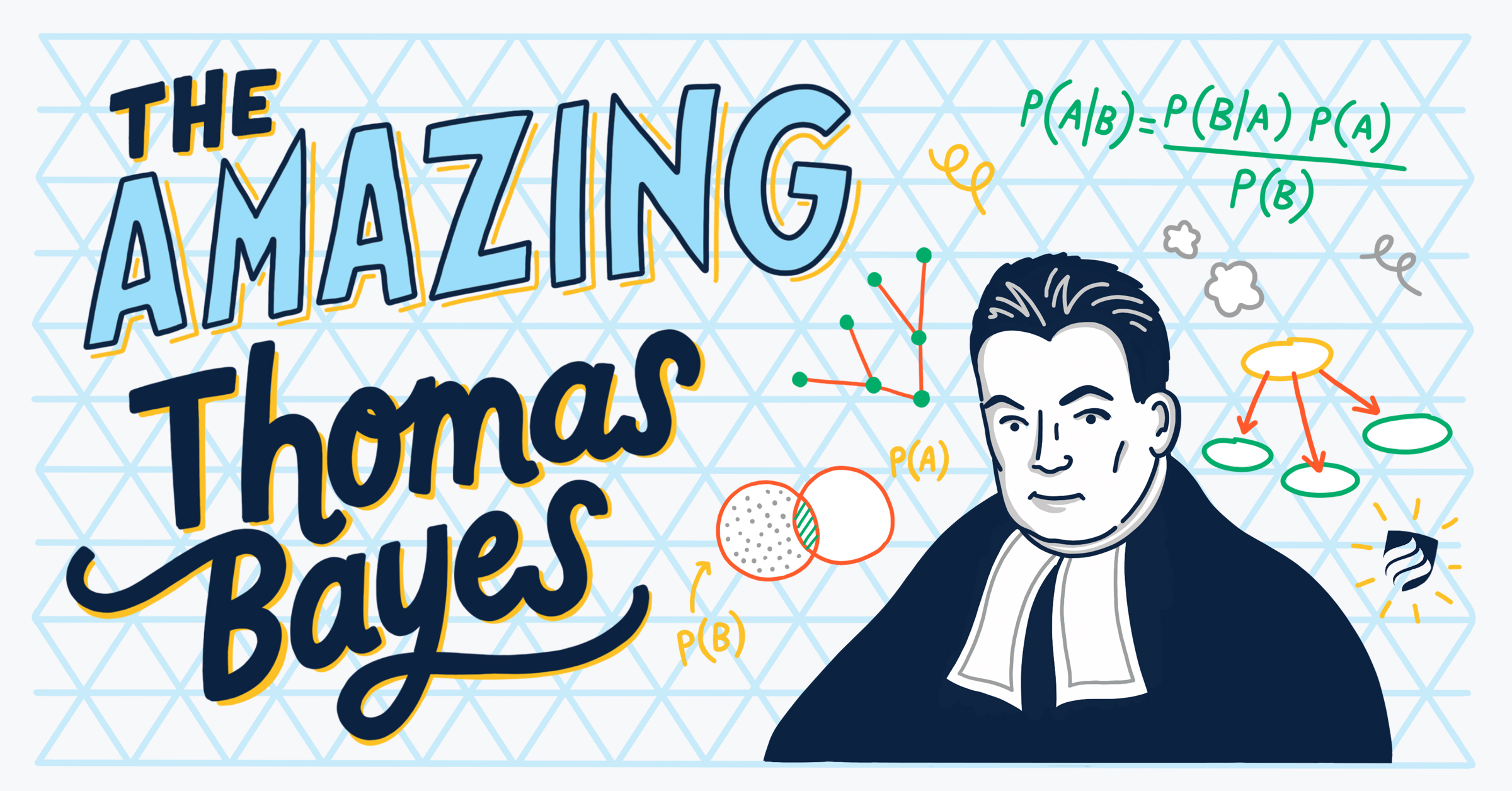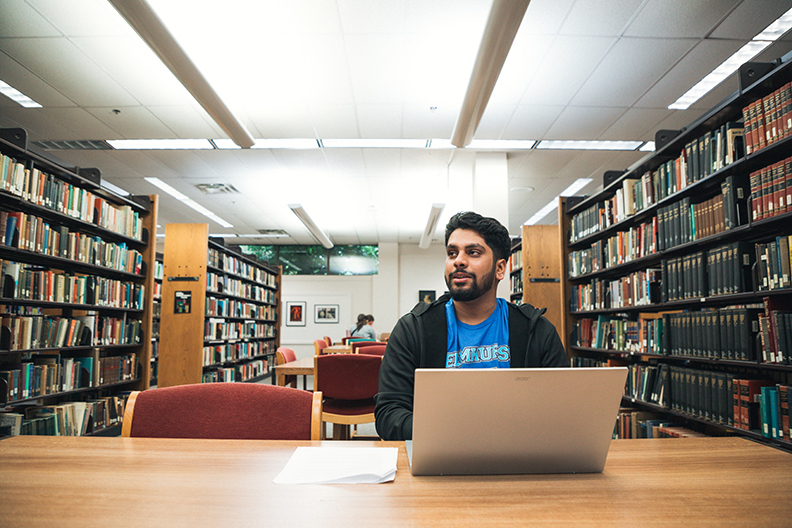The Amazing Thomas Bayes
UNLIMITED DATA | BY JAMES KULICH | 4 MIN READ

I attended a particularly interesting gathering last fall in Chicago, the sixth annual BayesiaLab Conference.
The conference featured a set of topics that you might not expect to see on the same meeting agenda, including:
- Designing a medical care support system for humans on a mission to Mars
- Determining why children of industrial farm workers are getting antibiotic-resistant infections
- Understanding the buying habits of consumers of a particular product line
- Finding ways to detect and deter large-scale cyberattacks
The common thread among all of these was the use of a cutting-edge area of data science known as Bayesian analysis.
Who Is Thomas Bayes?
The practice of Bayesian analysis might be new, but its roots are very old. They go back to the Rev. Thomas Bayes, an early 18th century English Presbyterian minister who happened to have a side interest in probability.
During his lifetime, Thomas Bayes published two works, one in theology promoting happiness as the “Principal End of the Divine Providence” and one in mathematics passionately defending Isaac Newton’s invention of calculus against critiques of Newton’s detractors.
There was another note Bayes wrote called “An Essay towards solving a Problem in the Doctrine of Chances” that would have been lost if not for his friend Richard Price, who published the piece after Bayes died. This little note provided the breakthrough thinking behind today’s Bayesian analysis.
Bayesian Thinking in Action
Think back to your early science courses. You were probably taught to think deductively. Start with a theory and gather some evidence to see if the theory holds. Bayes gave us another way to think, one that actively develops and refines theories by working with evidence.
Here’s a simple example. I tell you that a coin is fair—it has a 50-50 chance of coming up heads or tails. Out of the first 100 flips, 90 are heads. What is the chance of getting heads on the next flip?
Being a good student of deductive reasoning, you say that, while unlikely, 90 heads in 100 flips is possible. Since the coin is fair, you still have only a 50-50 chance of getting heads on the next flip. A Bayesian, however, would say that 90 out of 100 heads is pretty strong evidence for the coin not being fair. If that’s the case, the chances of another head might be pretty high.
That’s the heart of Bayesian analysis: blending expertise with evidence. You begin with some prior belief. You gather some evidence. You update your prior belief based on the strength of that evidence. You repeat the process until you have sufficient confidence in the result.
So, what does this have to do with medical care on a Mars mission? Dr. David Musson, of the Northern Ontario School of Medicine and Lunar Medical Inc., illustrated the connection in his talk at the BayesiaLab conference. If you get appendicitis on a Mars-bound spaceship, you will need help from someone who may not be a trained surgeon. That person will need to rely upon an expert system that can be tapped from millions of miles away. That system will need to be constructed from prior expert knowledge that is tested and refined by evidence from at least reasonably similar experiences. The perfect tool for bringing these things together is Bayesian analysis.
How about understanding the buying habits of consumers? Maybe past experience suggests that only 20% of a target audience will respond to an ad, but this time 70% act favorably after seeing a new offering. Who’s right? Bayes says that’s the wrong question. Instead, Bayesian analysis shows us, in very precise ways, how to update our prior beliefs based on the strength of the new evidence. If the 70% rate comes from an influential group, pay lots of attention. Otherwise, maybe a more modest adjustment of your thinking is in order.
The applications of Bayesian analysis are virtually limitless. The only problem is that these techniques can be hard to use in practice.
Today’s computing power and new software tools make it possible to apply Bayesian analysis in more and more settings. The results can be amazing. What I find even more remarkable is that all of this started more than 200 years ago with someone for whom this was just a hobby—the amazing Thomas Bayes!
About the Author
 Jim Kulich is a professor in the Department of Computer Science and Information Systems at Elmhurst University. Jim directs Elmhurst’s master’s program in data science and analytics and teaches courses to graduate students who come to the program from a wide range of professional backgrounds.
Jim Kulich is a professor in the Department of Computer Science and Information Systems at Elmhurst University. Jim directs Elmhurst’s master’s program in data science and analytics and teaches courses to graduate students who come to the program from a wide range of professional backgrounds.
Learn more about Elmhurst University
Request information today!


